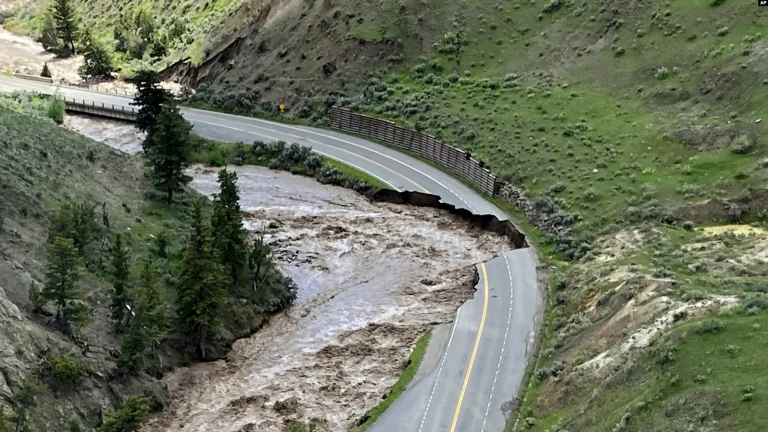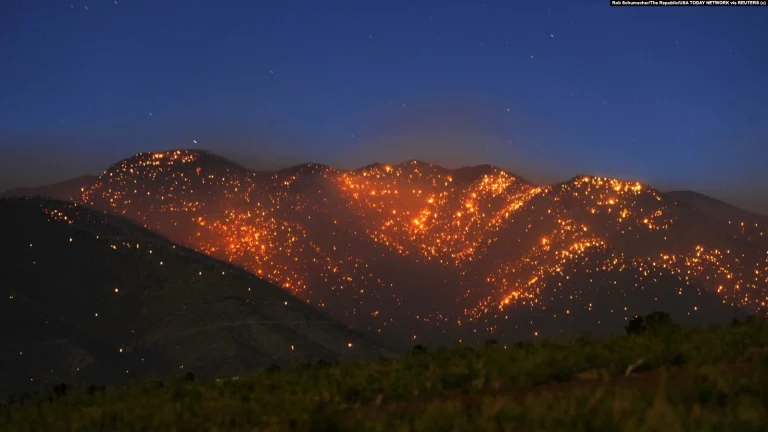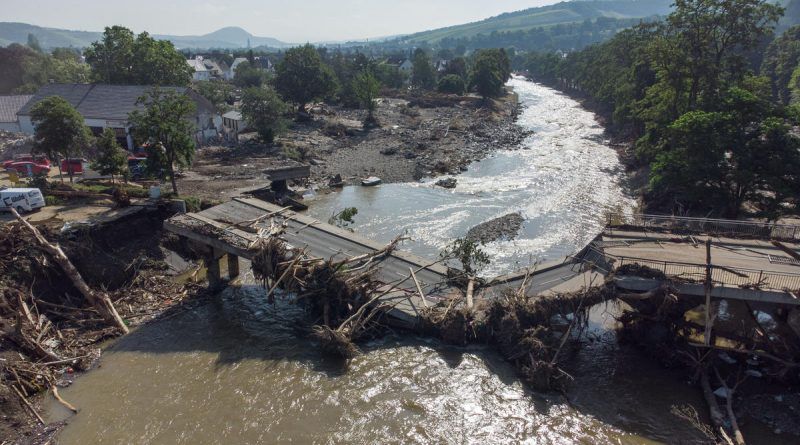Heat, floods, fires: the U.S. is struggling with the aftermath of the disaster
Heat, floods, fires: the U.S. is struggling with the aftermath of the disaster
Rains and flooding in Yellowstone
The beginning of this week proved stressful for Yellowstone National Park officials, who were forced to close summer access to the park to visitors for the first time in 30 years. The reason was the flooding: park officials on Tuesday were trying to clear roads and restore utility service in remote parts of Montana and Wyoming, where some sections of the park are located.

Some areas of the park are expected to remain closed until the end of the tourist season, which is predicted to have a negative impact on the economy of nearby communities that had hoped to restore tourism in Yellowstone for the 150th anniversary of the park after two years of restrictions due to COVID-19.
The flooding was caused by prolonged rainfall, which also led to landslides and rockfalls in the Yellowstone area. Because of the complicated situation, Montana Governor Greg Gianforte declared a statewide state of emergency.
Fires in Arizona and New Mexico
While emergency services in the Northwest states are dealing with the aftermath of heavy rains, authorities in Arizona and New Mexico continue to battle large-scale wildfires.
According to the National Interagency Fire Center, more than 6,200 firefighters battled about 35 fires. The area scorched by fires this year is more than double the ten-year average, and the extent of the fires in New Mexico has already broken state records.
Authorities are hoping for progress in fighting the elements this week. Improved weather on Tuesday has allowed firefighters across the Western United States to better handle the fire.

Heatwave in the Midwest
Meanwhile, residents of the Midwest and southern states are facing extreme heat, with temperatures in Chicago exceeding 98.6 degrees Fahrenheit.
More than 100 million people are expected to be affected by the middle of the week. Authorities urged locals to drink more water, stay indoors if possible and be mindful of the health risks associated with high temperatures.
According to the National Weather Service, heat warnings have been issued for most of Illinois and Indiana, as well as residents in several counties in Minnesota, Iowa, Michigan and Ohio.
